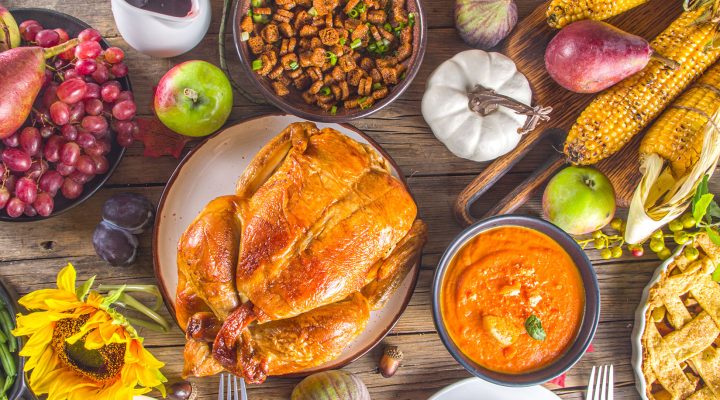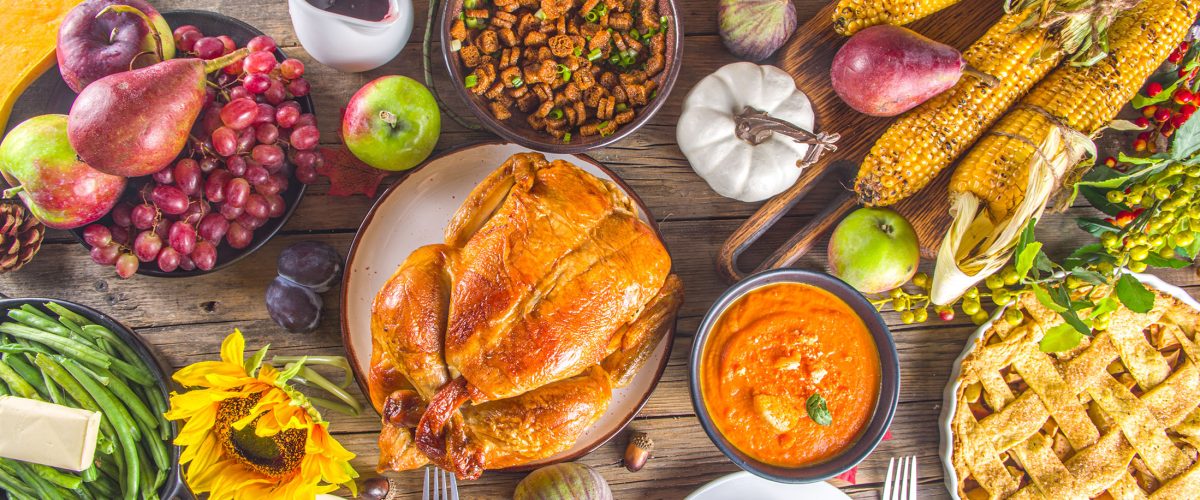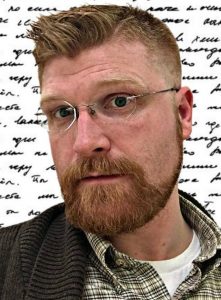Growing up, many of us were taught the first Thanksgiving was held in 1621 in Plymouth, Massachusetts, by a group of Pilgrims and members of the Wampanoag tribe. Some of us even held classroom reenactments of the event, donning funny black hats and feathered headdresses.
Although I don’t mean to spit in your stuffing, what many of us have been celebrating has nothing to do with the historical event that led to the commemoration of the holiday.
Some historians argue the first Thanksgiving took place in the small community of San Elizario, Texas, in the year 1598. Others suggest the first Thanksgiving was held in 1619 at Berkeley Plantation on the banks of the James River in Charles City County, Va.
As for the “Thanksgiving” held in 1621?
Well, for starters, the Pilgrims didn’t wear funny black hats or overexaggerated belt buckles. Historically that type of dress is associated (albeit incorrectly) with the Puritans. The Pilgrims and the Puritans were technically not the same movement — at least not by their standards. In brief, although their group grew out of the English Puritan movement, the Pilgrims sought separation from the Church of England. The Puritans, who arrived in America after the Pilgrims, sought to rid the Church of England of Roman Catholic traditions.
Confused? Yeah. Reformations will do that to you.
But the myth doesn’t end there.
In a 2019 article published by The New Yorker, “The Invention of Thanksgiving,” historian Philip Deloria explains, “The first Thanksgiving was not a ‘thanksgiving,’ in Pilgrim terms, but a ‘rejoicing.’ An actual giving of thanks required fasting and quiet contemplation; a rejoicing featured feasting, drinking, militia drills, target practice and contests of strength and speed. It was a party, not a prayer, and was full of people shooting at things.”
Technically speaking, members of the Wampanoag tribe weren’t “invited” to the party. Rather, they crashed it. Upon hearing gunfire, they assumed the Pilgrims were under attack. Honoring a mutual protection pledge, the tribe was said to have been coming to the aid of the Pilgrims. Upon noticing all was well, they just sort of stuck around for the food. The only documented evidence of the event that took place in 1621 comes from a journal entry by Edward Winslow, Plymouth Colony’s governor at the time.
“Technically speaking, members of the Wampanoag tribe weren’t “invited” to the party. Rather, they crashed it.”
The “official” American celebration of Thanksgiving has nothing to do with a small town in South Texas, a plantation in rural Virginia or the Pilgrims. Historically, Christendom has been marked with days of Thanksgiving centuries before the European colonization of North America. Similarly, our infant nation had various days of thanksgiving to commemorate significant milestones.
The official holiday, however, came about as the result of a 17-year campaign by a writer and activist named Sarah Josepha Hale. While hers is a mostly unfamiliar name you likely never associated with the celebration, Hale’s efforts earned her the nickname, “Mother of Thanksgiving.”
For nearly two decades Hale campaigned to presidents Zachary Taylor, Millard Fillmore, Franklin Pierce, James Buchanan and Abraham Lincoln for a patriotic holiday centered around the common American purpose and values. The New Englander associated those values with rural simplicity rather than urban sophistication. The celebration she envisioned included a common meal consisting of foods enjoyed at New England harvest celebrations including turkey, mashed and sweet potatoes, squash, corn, green beans, cranberries, and … you guessed it, pumpkin pie.
Lincoln’s decision to declare Hale’s Thanksgiving holiday was the result of his desire to celebrate the Union Army’s victory in the Battle of Gettysburg and his fervent hope the country would one day heal from the wounds of its division. On Oct. 3, 1863, the president issued a proclamation (written by Secretary of State William H. Seward) designating “the last Thursday of November next, as a day of Thanksgiving.”
The proclamation declaring the first official American celebration of Thanksgiving called upon God to “fervently implore the interposition of the Almighty Hand to heal the wounds of the nation and to restore it as soon as may be consistent with the Divine purposes to the full enjoyment of peace, harmony, tranquility and Union.”
Some historians and philosophers believe history is cyclical. This Thanksgiving, I won’t be commemorating the myths. Rather, like Lincoln, I will be fervently praying for the day when Americans once again can set aside those things that have sharply divided us these last few years and give thanks for that which unites us.
May God preserve and protect our common American purpose and values.
J. Basil Dannebohm is a writer, speaker, consultant, former legislator and intelligencer. His website is www.dannebohm.com. He writes from the Washington, D.C., metro in the Commonwealth of Virginia.
Related articles:
Rethinking the Thanksgiving story with truth and gratitude | Opinion by Phawnda Moore
Six ideas for decolonizing Thanksgiving | Opinion by Luhui Whitebear and Susan Shaw




